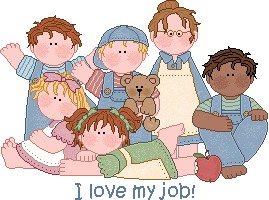New City, New Life, Still Teaching
From 6th grade to 3rd grade, and then to Kindergarten, there was a three year jump every year in the last 3 years of my teaching. I have to say, I quite enjoyed it. Not only did the teaching methods and approaches I used needed to be altered, the way I speak to my students was changed too. The older ones appreciated my sarcasm, and the younger ones thought I was being mean. The younger ones wanted step-by-step instructions, and the older kids liked to be more independent. It took months before I was able to adjust myself, but the overall experience was very rewarding.
Best moments in each grade
Sixth Grade:
The pre-teen years are interesting. They're happy one minute, frustrated the next. They love their classmates at snack, then they are not so fond of each other after lunch. It's like riding on a roller coaster all day. When they come back from physical education, the classroom gets stuffy and smells a little. They were each given a stick of deodorant at the beginning of the year, and this comes in handy. "Reload!" The teachers would say, and that solves the problem.
For such an easily-embarrassed age group, they were not so shy in situations like this.
Third Grade:
We were in our Money Unit in Math, and the students were to propose a business plan individually or with a partner. Once their business proposals are approved, they are given a weekly salary. Everything from snack to visits to the nurse's office would cost them money. After explaining the activity to them, they asked, "Are we going to get real money?"
"No, you are not. Have fun with play money, focus on the business side of the lesson."
8-year-olds know to ask important questions.
Kindergarten:
On the first day of school, a student gave me a picture that she had worked on over the summer. I looked at it, and it said, "Ms. Kuo, I can't wait to meet you. I love you."
That's a 5-year-old for you! They love you the moment, correction, BEFORE the moment they meet you.






